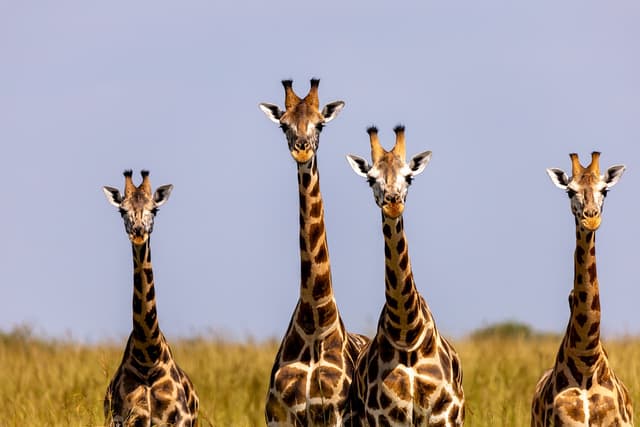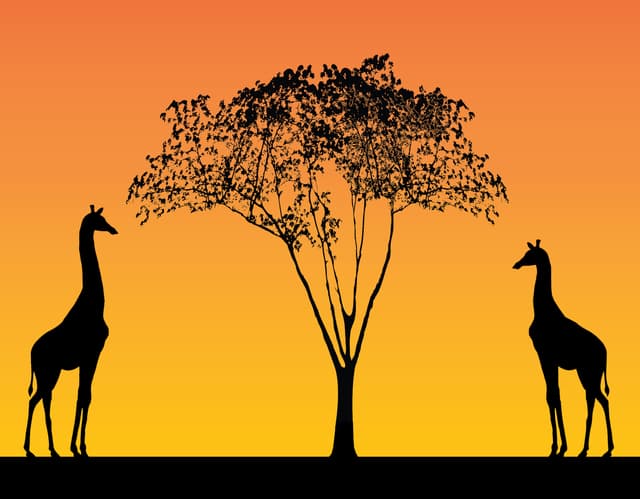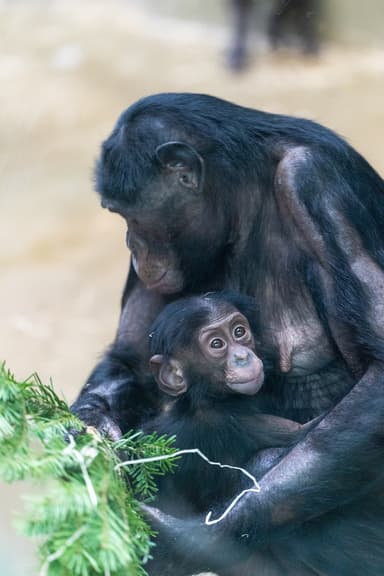Myths about teaching can hold you back
- Year 9
Evolution
I can explain the theory of evolution by natural selection.
These resources were made for remote use during the pandemic, not classroom teaching.
Switch to our new teaching resources now - designed by teachers and leading subject experts, and tested in classrooms.
Lesson details
Key learning points
- Natural selection can cause the common characteristics of a species to change (evolve) over generations.
- Scientists explain evolution using the theory of evolution by natural selection.
- A scientific theory is a general explanation, developed from evidence, that explains many different examples.
- Evolution is not planned in advance; new advantageous features appear randomly and are maintained by natural selection.
- Changes in the features of an individual within its lifetime are not evolution.
Keywords
Theory - A general explanation that applies to a large number of situations. Theories are widely accepted by scientists because they have been extensively tested and evidenced.
Evolution - The process in which the characteristics of species change over many generations, sometimes becoming new species.
Natural selection - Organisms that are better adapted to their environment are more likely to survive, reproduce and pass on their genes to their offspring.
Common misconception
There are many misconceptions about evolution, including that because evolution by natural selection is a theory it is an untrustworthy explanation.
This lesson builds understanding that a scientific theory is a well evidenced and well tested explanation that is widely accepted by scientists, and also addresses some common misconceptions about evolution.
To help you plan your year 9 science lesson on: Evolution, download all teaching resources for free and adapt to suit your pupils' needs...
To help you plan your year 9 science lesson on: Evolution, download all teaching resources for free and adapt to suit your pupils' needs.
The starter quiz will activate and check your pupils' prior knowledge, with versions available both with and without answers in PDF format.
We use learning cycles to break down learning into key concepts or ideas linked to the learning outcome. Each learning cycle features explanations with checks for understanding and practice tasks with feedback. All of this is found in our slide decks, ready for you to download and edit. The practice tasks are also available as printable worksheets and some lessons have additional materials with extra material you might need for teaching the lesson.
The assessment exit quiz will test your pupils' understanding of the key learning points.
Our video is a tool for planning, showing how other teachers might teach the lesson, offering helpful tips, modelled explanations and inspiration for your own delivery in the classroom. Plus, you can set it as homework or revision for pupils and keep their learning on track by sharing an online pupil version of this lesson.
Explore more key stage 3 science lessons from the Adaptations, competition, natural selection and evolution unit, dive into the full secondary science curriculum, or learn more about lesson planning.

Licence
Prior knowledge starter quiz
6 Questions
Q1.There are differences between these four individuals of the same species of giraffe. What is the scientific term for these differences?

Q2.Giraffes eat leaves from trees, but there is a limited number of leaves. The giraffes are in for the leaves.

Q3.Which giraffe has an advantage in the competition for food?

Q4.Which giraffe is the best adapted to survive?

Q5.Which giraffe would scientists describe as the fittest?

Q6.Put the statements in order, to explain why giraffes with longer necks became more common in the population.
Assessment exit quiz
6 Questions
Q1.Which of the following provides evidence that the characteristics of species change over many generations?
Q2.The characteristics of species change over many generations, sometimes taking thousands of years. What word do scientists use to describe this process?
Q3.Which of these are features of a scientific theory?
Q4.Which of the following statements are true?

Q5.Match each example to its correct description.
Not evolution (it’s a learned skill)
Not evolution (it’s a change within an individual’s life)
Evolution (it’s a change in the features of a species)
Not evolution (it’s extinction)
Q6.Warfarin is a poison used to kill rats. Over many generations, resistance to warfarin has become common amongst rats and it no longer kills them. Who has correct ideas that help to explain this?






